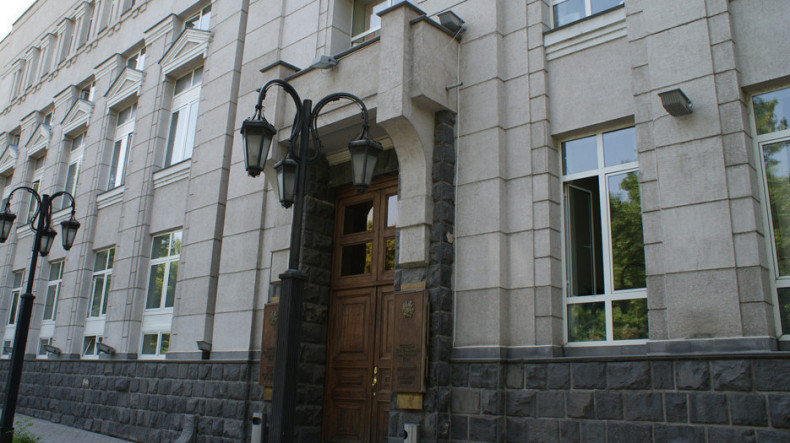
External demand for services continues to slow, CBA says
At its meeting on Tuesday, the Board of the Central Bank of Armenia (CBA) decided to decrease the key policy rate (refinancing rate) by 0.25 percentage points, setting it at 7.50 percent. The Board agrees that a lower refinancing rate is necessary to continue to meet its price stability objective of ensuring an inflation rate of 4 percent over the medium term.
Annual CPI inflation has continued to remain below the target, registering 1.3% in August 2024. Core inflation has also remained at low levels, at 0.3% year-over-year in July, the Central Bank said in its monetary policy statement.
In Q3 2024, risks of slowing economic growth globally and in the key trading partner countries of Armenia continue to persist. Global inflation continues to decline. However, sticky prices in key trading partner economies continue to remain relatively elevated. Persistent geopolitical uncertainties, as well as growing tensions in international trade relations, continue to create risks for future growth in global commodity prices and potential disruptions in global supply chains. At the same recent slowing in key trading partner countries’ labor markets could point to some softening in demand conditions In this context, key trading partner central banks would be expected to begin to gradually ease the policy rate in the near term, while still maintaining a relatively tight stance. Consequently, weak deflationary effects from the external sector on the Armenian economy continue to persist.
Economic activity in Armenia remained robust in the third quarter, continuing to be largely driven by meaningful growth in construction and trade. The latter continues to be impacted by certain short-term factors, posing significant uncertainty with respect to the sustainability of economic growth and its long-term outlook, as well as the strength of domestic demand and consumption conditions. External demand for services continues to slow relative to 2023. At the same time, risks for demand pressures stemming from fiscal policy continue to persist. Further, labor market conditions continue to cool, as reflected in the cooling pace of wage growth, and stabilizing non-traded sticky price inflation.
In order to manage possible risks stemming from conditions of high uncertainty, the Board considers multiple scenarios during its deliberations. On the one hand, the Board discussed scenarios where possible underlying developments would require a higher path for the policy rate relative to current market expectations. This includes scenarios related to uncertainty about the country risk premium and the neutral interest rate. On the other hand, the Board discussed scenarios where potential economic developments—including the risk of cooling labor market conditions driving a weak demand environment—would cause inflation to persistently remain at a low level. This would imply a more rapid and aggressive downward path for the policy rate than what is currently priced in markets in order to sustainably bring inflation back to target in the medium-term horizon.
Seeking to minimize the losses that could stem from these and other scenarios materializing, and balancing the aforementioned risks in both directions, the Board finds it appropriate to continue to gradually ease the policy stance.
The Board resolutely affirms its commitment to adopting the appropriate policy actions and strategy to ensure the price stability objective of 4% inflation in the medium term.